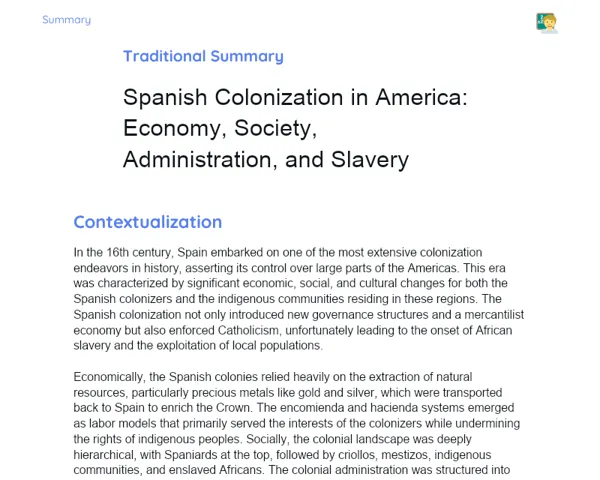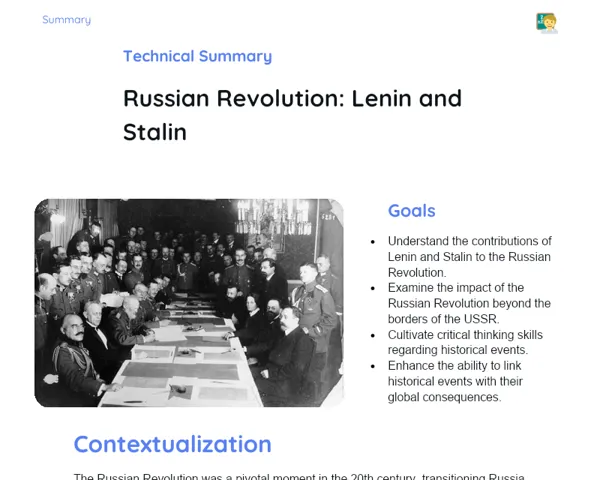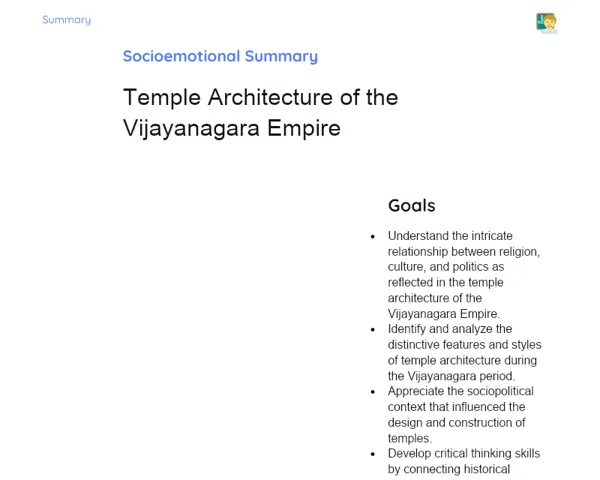Objectives
1. Outline and contrast the political and social systems of Ancient Rome during the Monarchy and Republic phases.
2. Examine the reasons behind Rome's shift from a Monarchy to a Republic and the challenges encountered along the way.
3. Identify the significant figures and key events from both the Monarchy and Republic periods, and understand how these moments paved the way for the later Republic and Empire.
Contextualization
Did you know that, according to legend, the city of Rome was founded in 753 BC? As the story goes, the twin brothers Romulus and Remus, who were raised by a she-wolf, chose a hill called the Palatine for their city. While this myth isn’t completely historically accurate, it plays an important role in understanding Roman identity and its influence on Western civilisation. The tale of Rome isn’t just about battles and conquests—it’s also a fascinating example of how myth and reality blend to shape societies and political systems.
Important Topics
Roman Monarchy
The Roman Monarchy represents the earliest form of governance in Rome, traditionally established by Romulus in 753 BC and lasting until 509 BC. In its early days, the monarchy was elective in nature; kings had limited powers and were advised by the Senate. This period is essential for grasping the social and political underpinnings that would later influence both the Republic and the Roman Empire.
-
The king held roles as the military, religious, and judicial head, though his decisions could be scrutinised by the Senate.
-
Roman society was split between the Patricians, who formed an aristocratic group, and the Plebeians, the working class with restricted rights and lesser political participation.
-
The move towards a Republic was fuelled by internal strife, including the discontent of the Plebeians facing Patrician dominance and the necessity for a stronger government to manage an expanding territory.
Roman Republic
The Roman Republic was set up in 509 BC following the expulsion of the last king, Tarquin the Proud. This system of government continued until 27 BC when Augustus emerged as the first Roman Emperor. The Republic was notable for its system of checks and balances among institutions such as the Consuls, Senate, and Assemblies, and it was frequently tested by both internal dissensions and external conflicts.
-
Consuls were elected on an annual basis and were entrusted with both civil and military responsibilities.
-
Although the Senate, predominantly composed of Patricians, did not have formal decision-making authority, it wielded substantial influence over political matters.
-
Major conflicts like the Punic Wars and internal struggles such as the Civil Wars destabilised the Republic, eventually paving the way for military leaders like Julius Caesar to transform the system into an Empire.
Transition to the Empire
The transformation from Republic to Empire began at the end of the Civil Wars and with the rise of Julius Caesar. Caesar, and subsequently his nephew and heir Augustus, concentrated power, thereby shifting the governance model from a Republic to an imperial format. This period redefined the very essence of Roman political structure and had a lasting influence on the political and social fabric of the Western world.
-
By holding lifelong consulship and a de facto dictatorship, Julius Caesar set a precedent for the future exercise of imperial power.
-
Augustus, the first Emperor, restructured the government, keeping many of the outward appearances of a Republic while exercising centralised control.
-
The birth of the Roman Empire marked a clear end to the Republic, ushering in a prolonged era of relative peace known as the Pax Romana, which endured for more than two centuries.
Key Terms
-
Monarchy: A system of government where a single ruler, or king, holds the supreme power.
-
Republic: A form of government in which the people elect representatives to make decisions on their behalf.
-
Senate: The legislative and advisory assembly in ancient Rome, primarily made up of aristocrats.
-
Consuls: Key magistrates elected each year, responsible for overseeing the government and leading the state in the Roman Republic.
-
Emperor: The title given to the head of the state in the Roman Empire, following the transition from a Republic.
For Reflection
-
How can we compare the struggles between Patricians and Plebeians in the Roman Republic with class issues in modern society?
-
In which ways might the concentration of power in the hands of the Emperor have impacted the efficiency of governance in Rome, compared to the earlier republican system?
-
Why is it important to study Rome’s shifts in government when trying to understand the power structures and administrative systems we see today?
Important Conclusions
-
We have taken a closer look at the intriguing journey of Ancient Rome—from its legendary beginnings to its evolution from a Monarchy to a Republic, and eventually, to an Empire. This exploration helps us understand how changes in the government structure influenced Roman society and culture.
-
Our discussion covered the challenges and internal tensions that defined each phase, including conflicts between Patricians and Plebeians, the centralisation of power by the emperors, and the influential role played by military leaders such as Julius Caesar.
-
We have also considered how the historical shifts in Rome’s political system offer valuable insights into modern governance, highlighting lessons that remain pertinent even today.
To Exercise Knowledge
- Create a mind map linking the major leaders, events, and political shifts during the Roman Monarchy, Republic, and Empire. 2. Organise a debate among family or friends on the topic: 'Was the Roman Republic an effective model for governance?' and support your arguments with historical facts. 3. Write a short essay comparing Rome’s transition from a Republic to an Empire with a modern historical or political event.
Challenge
Roman Historical Detective Challenge: Pick an unresolved mystery from Roman history and propose a solution based on your research. It could involve the mysterious disappearance of a king or uncovering the truth behind a legendary battle. Present your findings in a creative format, such as a podcast or a short documentary.
Study Tips
-
Utilise interactive historical maps available online to better visualise the geographical and political evolution of Ancient Rome during each phase discussed.
-
Form study groups to discuss and debate the themes of the lesson. This approach not only reinforces your understanding but also enhances your critical thinking skills.
-
Maintain a reflective diary while studying Ancient Rome, noting down your thoughts, questions, and observations on how historical events might relate to current situations.



